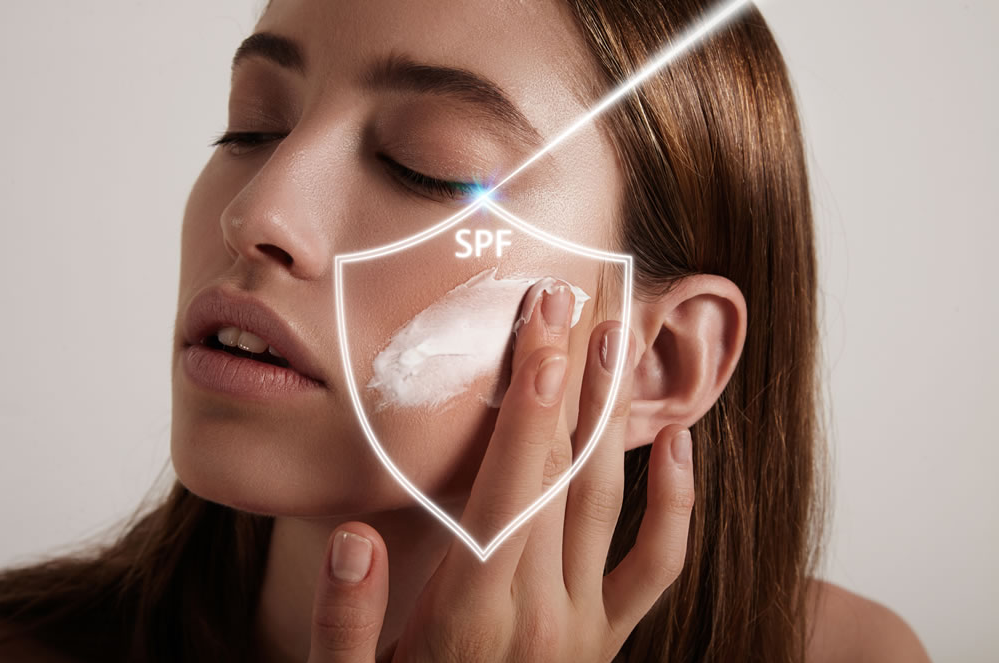1.Selection of whitening ingredients
✏ The selection of whitening ingredients must comply with the requirements of national cosmetic hygiene standards, follow the principles of safety and effectiveness, prohibit the use of prohibited ingredients, and avoid the use of substances such as mercury, lead, arsenic, and hydroquinone.
✏ In the research and development of whitening cosmetics, it is necessary to consider the various whitening pathway elements of skin pigmentation, various influencing factors, and various mechanisms of melanin formation.
✏ Using one or more whitening ingredients with different mechanisms of action, combined with multiple whitening pathways, to exert synergistic effects and more effectively solve skin pigmentation problems caused by multiple factors.
✏ Pay attention to the chemical compatibility of the selected whitening ingredients and construct a safe, stable, and effective whitening formula architecture.
Examples of whitening ingredients with different whitening mechanisms
2.Mechanism of UV defense:
✏ Absorb ultraviolet radiation and reduce the impact of ultraviolet radiation on keratinocytes, such as methoxycinnamate ethyl hexyl ester, ethylhexyltriazinone, phenylbenzimidazole sulfonic acid, diethylaminohydroxybenzoyl benzoate hexyl ester, etc
✏ Reflect and scatter ultraviolet rays, reduce the irritating effect of ultraviolet rays on the epidermis, and protect the human skin, such as using a bowl of dioxide, zinc oxide, etc
Intracellular inhibition of melanocytes:
✏ Inhibiting the activity of tyrosinase, reducing melanin synthesis, reducing the amount of melanin in the skin, and whitening the skin, such as arbutin, raspberry ketone, hexylresorcinol, phenethyl resorcinol, and glycyrrhizin.
✏ Downregulating the signaling pathway of melanocytes involved in regulating MITF expression and reducing the expression of tyrosinase, such as resveratrol, curcumin, hesperidin, paeonol, and erythritol
✏ Reducing melanin intermediates; Transforming melanin synthesis towards brown melanin synthesis, clearing oxygen free radicals, and reducing melanin synthesis, such as cysteine, glutathione, ubiquinone, ascorbic acid, 3-o-ethyl ascorbic acid, ascorbic acid glucoside, ascorbic acid phosphate magnesium and other VC derivatives, as well as vitamin E derivatives
3.Extracellular inhibition of melanocytes
4.Inhibition of melanin transport
5.Anti glycation effect
Matrix selection
The product dosage form is a means to help whitening active ingredients achieve their efficacy, and is an important carrier. The dosage form determines the matrix. The formulation and matrix have a significant impact on the stability and transdermal absorption of whitening ingredients.
Blindly adding whitening ingredients to products, while ignoring the combination of whitening ingredients and the impact of dosage forms on their transdermal absorption, may not necessarily lead to satisfactory safety, stability, and efficacy of the product.
The dosage forms of whitening products mainly include lotion, cream, water, gel, facial mask, skin care oil, etc.
✏ Cream lotion: The system itself contains oil and emulsifier, and other penetration promoting ingredients can also be added. The formula has great compatibility. Some whitening ingredients with low solubility and easy oxidation and discoloration can be used in the system by optimizing the formula. The skin feeling is rich, which can adjust the combination of oil and emulsifier to create a fresh or thick skin feeling, or can add penetration promoting agents to promote the transdermal absorption of whitening ingredients.
✏ Aquatic gel: generally oil-free or less oily formula, suitable for positioning oily skin, summer products, makeup water and other design needs. This dosage form has certain limitations, and whitening ingredients with low solubility are not suitable for use in the formula of this type of dosage form. When designing products, it is necessary to consider the compatibility of the whitening ingredients with each other, and other properties.
✏ Facial mask: Apply the fixed facial mask directly on the skin surface to soften the cuticle, prevent water evaporation, and accelerate the penetration and absorption of active ingredients. However, the facial mask patch has a large contact area with the skin, which makes the skin more likely to be intolerant and has higher requirements on the gentleness of the product. Therefore, some whitening ingredients with poor tolerance are not suitable to be added to the formula of whitening facial mask.
✏ Skin care oil: add oil soluble whitening ingredients and oils to form skin care oil, or combine with aqueous formula to form two formulations of double dose whitening essence.
Selection of emulsification system
Emulsification system is the most commonly and widely used carrier in cosmetics, as it can deliver all types of activity and ingredients. Whitening agents with properties such as hydrophilicity, oleophility, and easy discoloration and oxidation can be applied in emulsion systems through formula optimization technology, providing a large space for product efficacy matching.
The commonly used emulsification systems include water in oil (0/W) system, oil in water (W/0) system, and multiple emulsification system (W/0/W, O/W/0).
Selection of other auxiliary ingredients
To further enhance the whitening effect of the product, other excipients should also be selected, such as oils, moisturizers, soothing agents, synergists, etc.
Post time: Jun-06-2024




